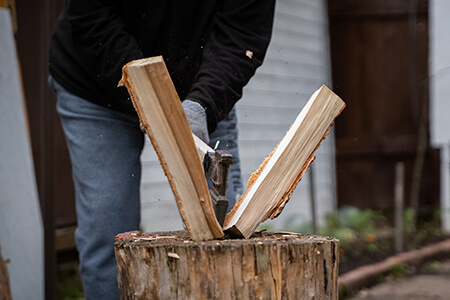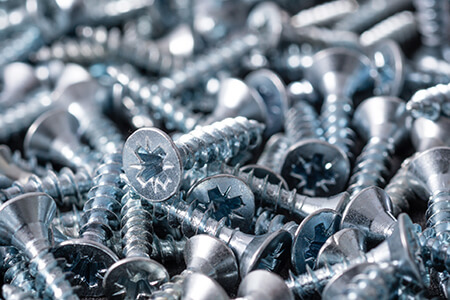This is a lesson summary. The full lesson can be viewed by purchasing an online course subscription.
Learning Objective
In this lesson we will learn how inclined planes, wedges and screws provide mechanical advantage.
Learning Outcomes
By the end of this lesson you will be able to:
- Explain what an inclined plane is and describe how it provides mechanical advantage.
- Explain what a wedge is and describe how it provides mechanical advantage.
- Explain what a screw is and describe how it provides mechanical advantage.
- Give examples of inclined planes, wedges and screws.
- Calculate the mechanical advantage of inclined planes, wedges and screws.
- Compare the mechanical advantage provided by different inclined planes, wedges and screws.

(Image: Calibrys, Adobe Stock)
Lesson Summary
- An inclined plane (ramp) is a flat, tilted surface, supported at each end.
- Inclined planes increase and change the direction of forces to increase the vertical position (height) of objects.
- They do this by counteracting the gravitational force (weight) of the objects.
- The mechanical advantage of an inclined plane is given by the formula:
- A flatter inclined plane will have a greater mechanical advantage and therefore require less effort, but a longer length.
- A steeper inclined plane will have a smaller mechanical advantage and therefore require more effort, but a shorter length.
- The mechanical advantage of an inclined plane is also given by the formula:
- Wedges and screws can be considered as derivations of inclined planes.
- A wedge is two inclined planes joined at the base.
- A screw is an inclined plane wrapped around a cylinder.
- Like inclined planes, wedges and screws increase and change the direction of forces.
- They are used for separating objects, moving objects, or holding objects in place.
- The mechanical advantage of a wedge is given by the formula:
- A longer, thinner wedge will have a greater mechanical advantage and therefore require less effort.
- A shorter, thicker wedge will have a smaller mechanical advantage and therefore require more effort.
- The mechanical advantage of a screw is given by the formula:
- The pitch of a screw is the distance between the threads.
- A screw with a larger head and a smaller pitch will have a greater mechanical advantage and therefore require less effort, but more turns.
- A screw with a smaller head and a larger pitch will have a smaller mechanical advantage and therefore require more effort, but less turns.

(Image: julien leiv, Adobe Stock)
(Header image: max blain, Adobe Stock)




